WOMEN AT THE TABLE:
The First Global, Multi-faith Study on the State of Women and Freedom of Religion or Belief
PHOTO: Ryan Brown/UN Women
PHOTO: Ryan Brown/UN Women
FoRB Women’s Alliance recently released the first global multi-faith analysis of women and FoRB. As a human rights accelerator working at the intersection of women’s rights and freedom or religion or belief, we undertook this research initiative to explore new ways to support and improve collaboration across multiple sectors and frame a narrative that can help women shape the agenda on these issues.
With funding provided by The Fetzer Institute, the Alliance partnered with Gender and Religious Freedom, a London-based organization, to conduct this study. During individual interviews and focus groups, women and men with diverse institutional, professional, religious and geographic backgrounds identified gaps and resources that can help women and FoRB advocates be more impactful at the local, national and global levels.
This study is groundbreaking for several reasons:
PHOTO: The Abrahamic Reunion
PHOTO: UN Women
Our study benefitted greatly from the prior work done by Open Doors International – a World Watch Research team that has studied women and FoRB since 2018, and Stefanus Alliance International, a Norwegian mission and human rights organization, which also has undertaken important research on women and FoRB and conducts awareness training worldwide.
These previous studies revealed that women and girls face compound persecution because of not only their religion or belief but also gender inequality, political, and economic stressors and cultural norms that often masquerade as religious dicta. Although this persecution is often hidden inside houses and within communities, these infringements on women’s and girls’ human rights have been treated separately.
We also understood that as women face compound persecution for their religion or belief, freedom of religion or belief itself is a compound right: It is intricately tied to other basic freedoms, including that of association and expression, and also key rights, especially women’s rights and women’s and girls’ right of equal access to healthcare, education, housing, and other essential services.
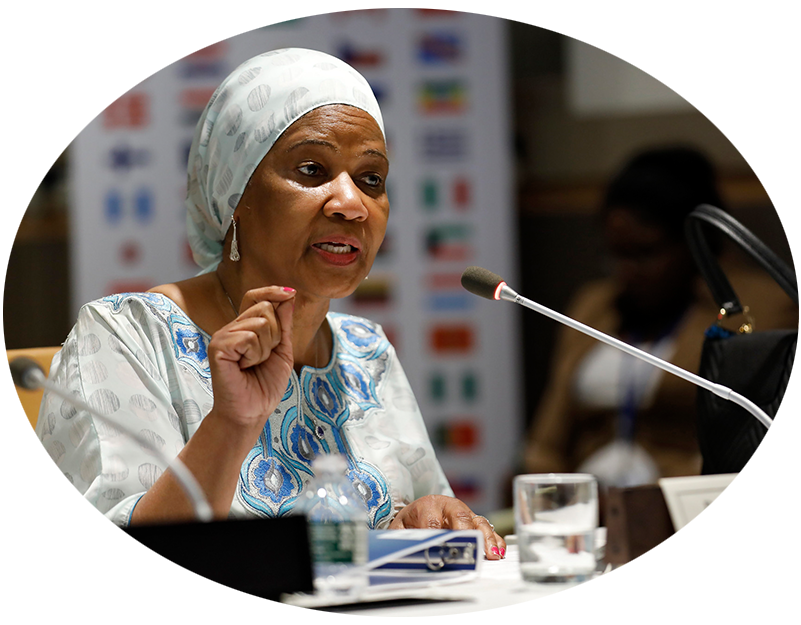
Both isolated networks and the siloing between FoRB rights and other sectors, especially women’s rights, have disadvantaged women advocating for relief and redress and exacerbated their gendered experience of persecution on the basis of religion or belief.
Exclusion from power structures additionally marginalizes, undermines, under-studies and under-resources efforts to address FoRB violations committed against women and girls and limits their capacity to effectively act.
Cultural and religious norms can be creatively and courageously challenged.
Collaboration is a form of empowerment to increase capacity, influence and relief.
Structural change is the necessary accelerator for addressing Women’s and FoRB Rights and requires an external catalyst. It is not within the agency of the unempowered to have the necessary resources or create a space for themselves at the table.
The future vitality and health the FoRB movement depends on the support for individuals and organizations working for women and girls, and their having a seat at the table as equal partners and participants in FORB programs, policy making, and implementation.
PHOTO: Flickr/U.S. Dept. of State
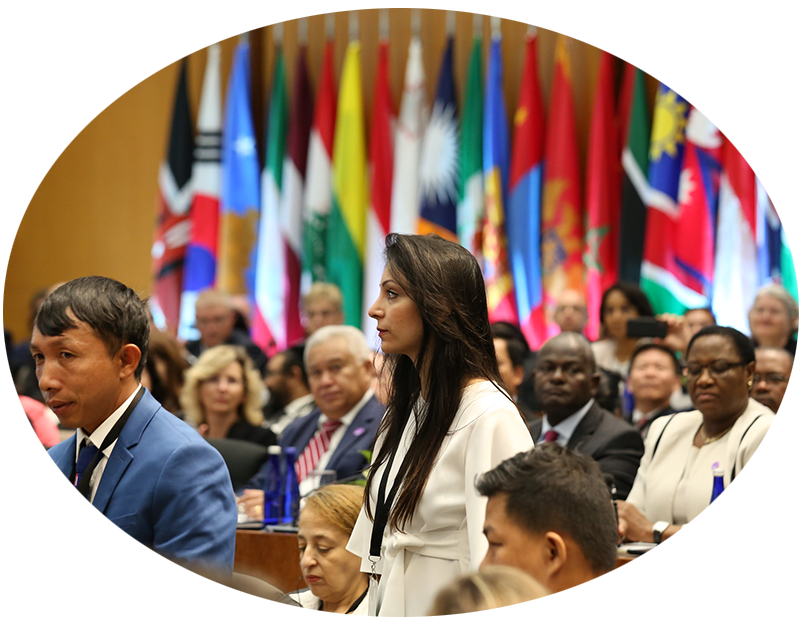
FoRB Women’s Alliance hosted a global virtual event on April 18, 2023 that featured participants from this study.
Watch the March 28, 2023 live event held at the United States Commission on International Religious Freedom
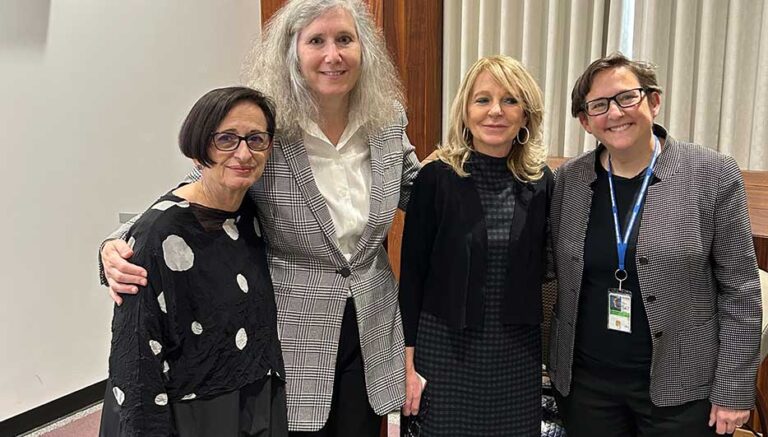
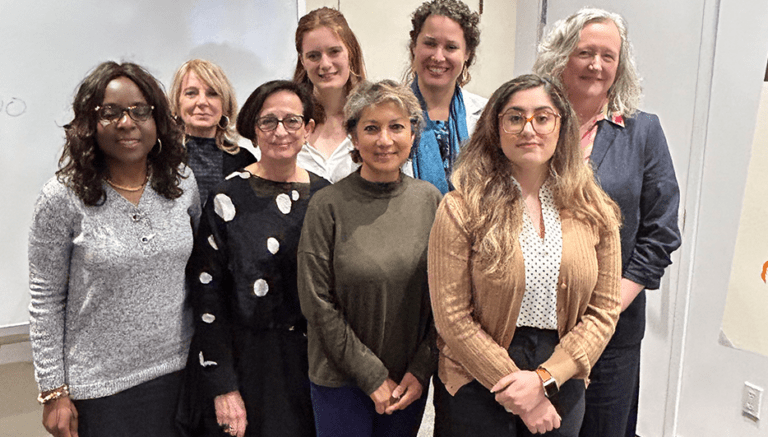
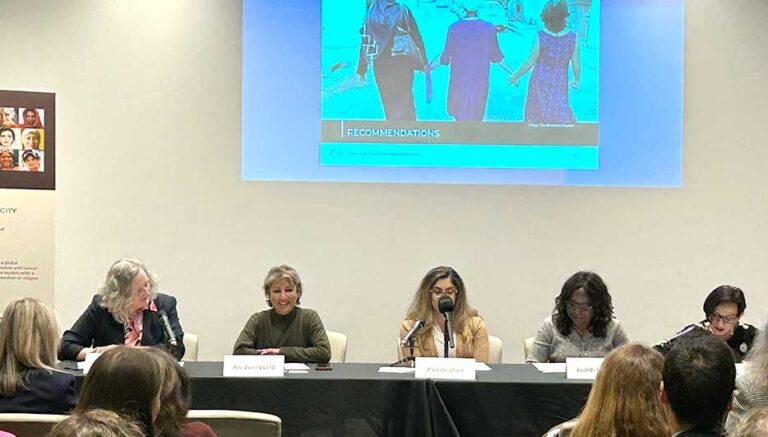
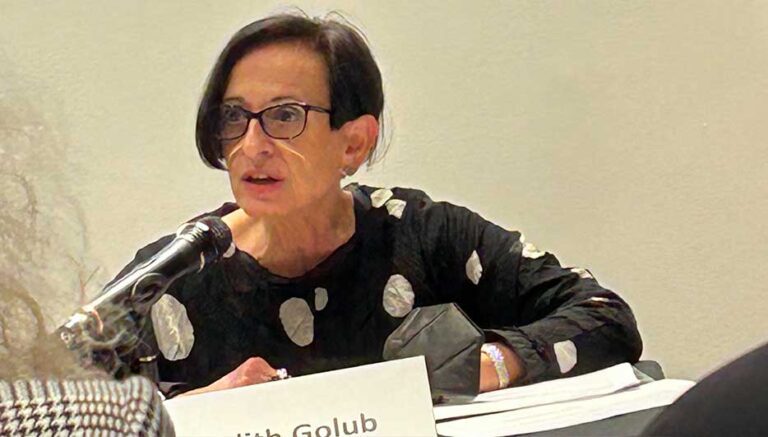
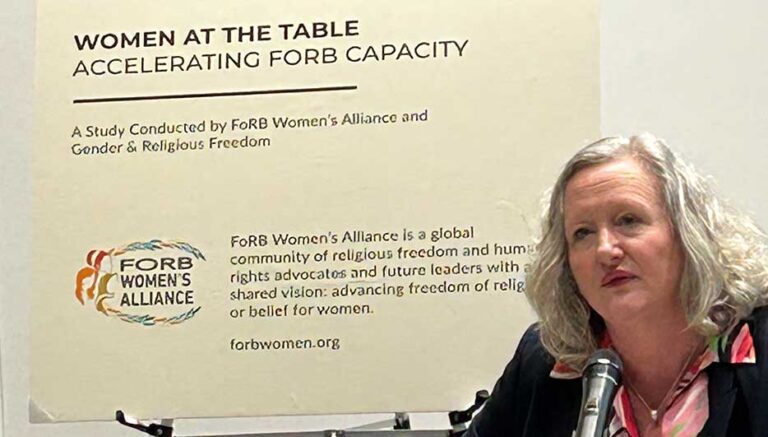
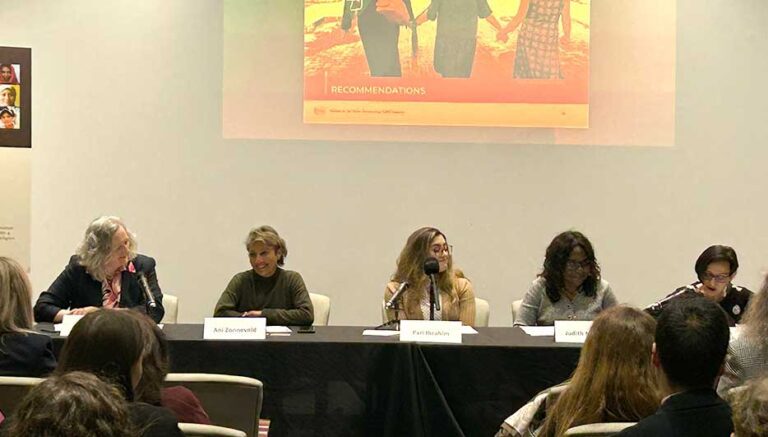
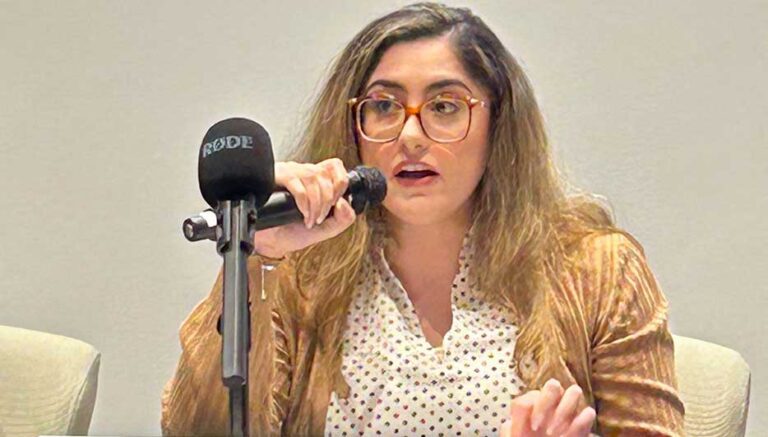

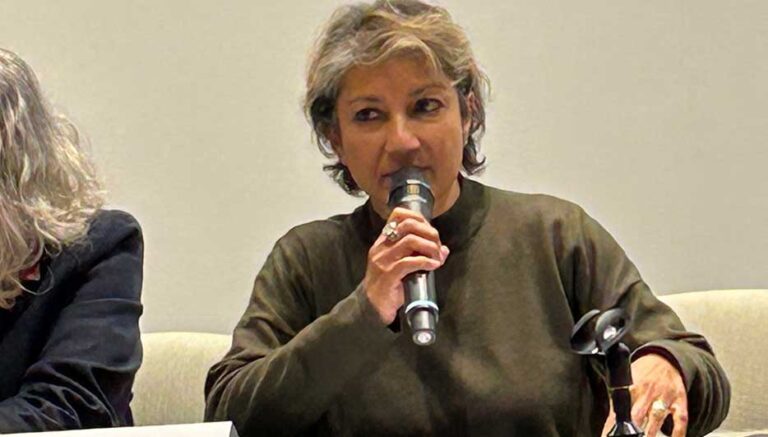


SLIDER PHOTOS: Josh Young/21Wilberforce
These recommendations are key to accelerate FoRB capacity by having women at the table:
1. Provide Freedom of Religion or Belief (FoRB) training and education to:
2. Activists should be trained to conduct qualitative and quantitative research, including data collection and other initiatives to capture information. There is insufficient information available about the FoRB-related activities women and girls undertake at the local, regional, national and global levels, the challenges they face and their accomplishments.
3. There should be more collaboration between individuals and organizations working on women and FoRB issues and other sectors. Essential to collaboration is providing safe space and platforms.
4. Explore opportunities to further dimension existing projects or research by including issues relevant to women and FoRB. For example, there are global surveys conducted by organizations on FoRB or human rights that could include questions on women and FoRB.
5. Funders and other leaders should recognize that the future vitality and health of the movement depends on their support for individuals and organizations working on women and fund accordingly. Women and girls working on FoRB-related activities, especially at the grassroots level, provide much of the movement’s energy, yet their activities are inadequately resourced.
6. FoRB civil society groups and organizations, individuals, alliances and networks led by women and girls, especially those working at the grassroots, have earned the right to be heard. These women leaders should be equal partners and participants in FoRB programs, policy making and implementation.